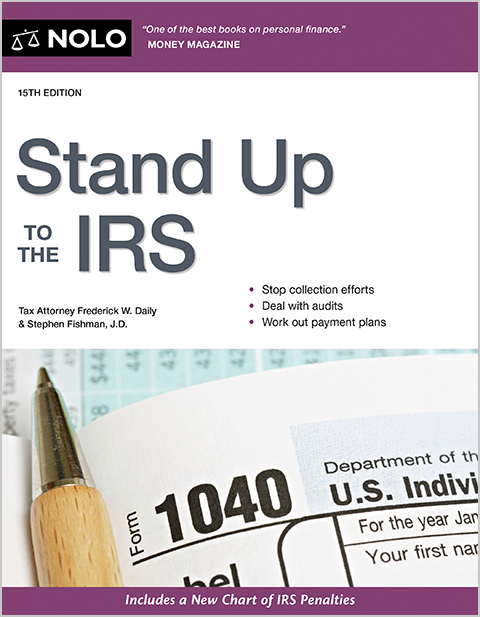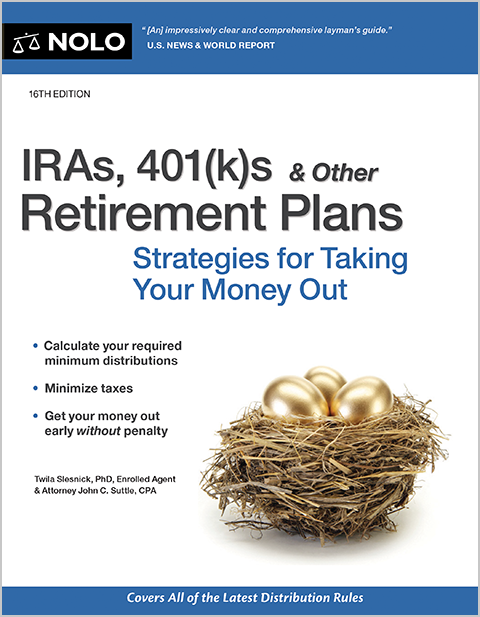 Deductions for Specific Businesses
Deductions for Specific Businesses
Under the Tax Cuts and Jobs Act, actors classified as employees can no longer deduct their expenses.
Find out what deductions you can take as an artist.
There are many deductions writers can take to reduce their taxable income for the year, and thereby reduce their taxes.
Here are five ways that tax laws affect short-term rental hosts like Airbnb and VRBO.
If you're a self-employed consultant, it pays to understand tax deductions, including the 20% pass-through deduction.
Almost everything a self-employed salesperson buys for his or her business is tax deductible.
Learn about ministers unique tax status and how it impacts their deductions.
Learn how you can combine playing golf and saving on taxes.
Learn about the 20% pass-through tax deduction and IRS safe harbor for landlords trying to establish that their rental activity is a business activity.
All landlords should file Form 1099-NEC to qualify for important tax benefits, including the 20% pass-through deduction.
Empower Yourself: DIY Products by Nolo
Sidestep the lawyers with do-it-yourself books, documents, and software.
Book
Stand Up to the IRS
Nolo offers hundreds of consumer-friendly, do-it-yourself legal products for all types of legal situations. Browse our full product list.
More Legal Issues
Click below to view more legal issues. Our extensive collection of legal topics ranges across different areas of practice.
Corporations Car Accidents Criminal Law Debt Management Disability Law Divorce & Family Law

Learn About Our Team
Our editors have over 100 years of combined experience practicing law. These professionals have worked in a wide range of legal areas, from estate planning to criminal law to business formation and beyond. They’re experts at explaining complicated legal issues in easy-to-understand terms.
Learn more about the team that manages Nolo’s articles, books, and DIY tools.
Need a Lawyer? We Can Help
Find an experienced, local attorney in three easy steps. Our process is designed for ease and simplicity.
Describe Your Case
Briefly tell us about your case, and provide your contact information.
Get Connected
We find and instantly list attorneys that can best handle your case.
Hire an Attorney
Choose the attorneys you would like to work with.
Nolo Legal Dictionary
Find plain-English definitions for legal terms by browsing Nolo's Law Dictionary.
Are You an Attorney?
Grow your firm with Martindale-Nolo, the largest legal network, and learn more about our attorney lead-generation and marketing services.
Integrity and Expertise You Can Rely On
At Nolo, we prioritize quality and transparency because we know how important reliable legal information is to our readers. Our information is meticulously researched, regularly updated, and written in plain English by our experienced writers and editors. Learn more about our editorial standards.
- Briefly tell us about your case
- Provide your contact information
- Choose attorneys to contact you


